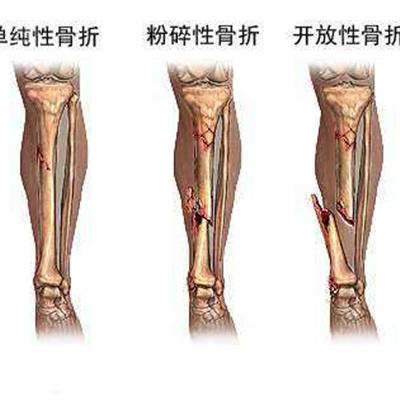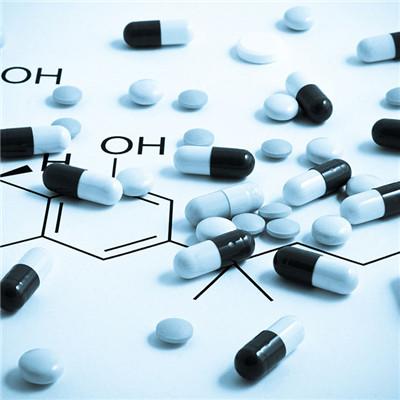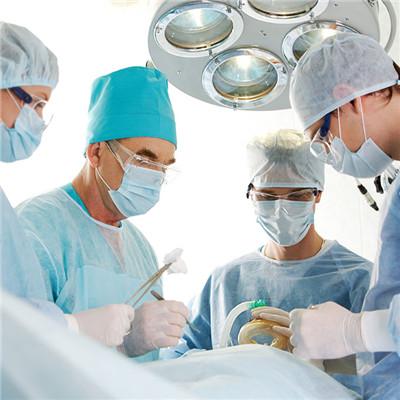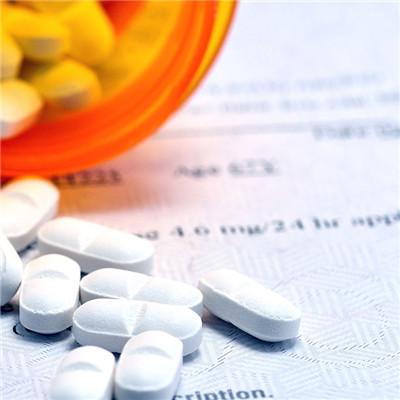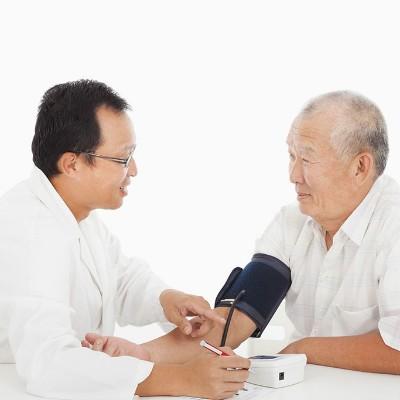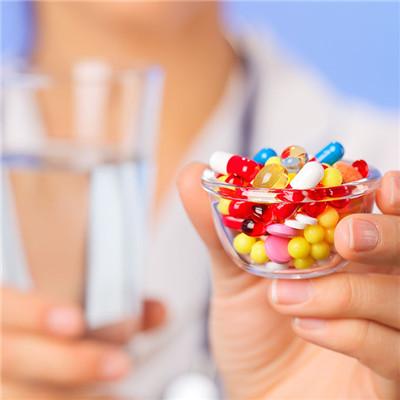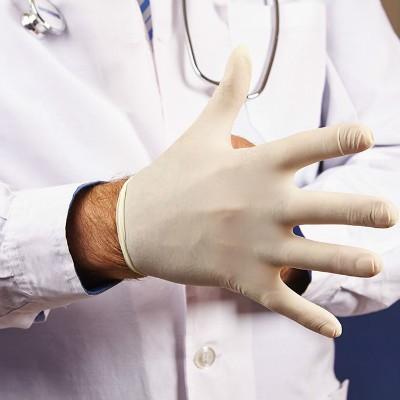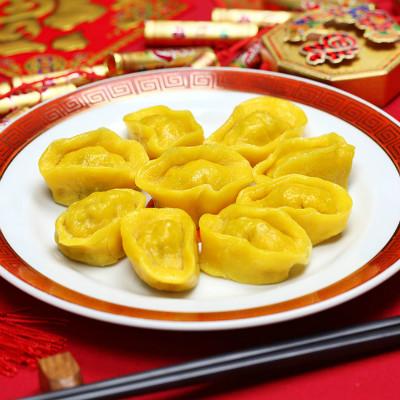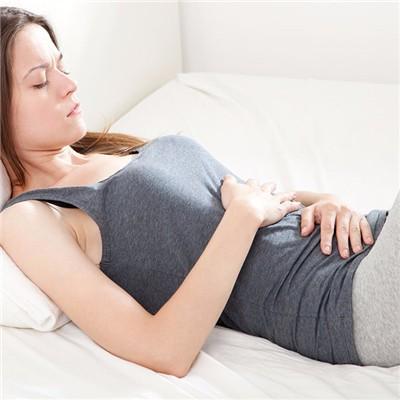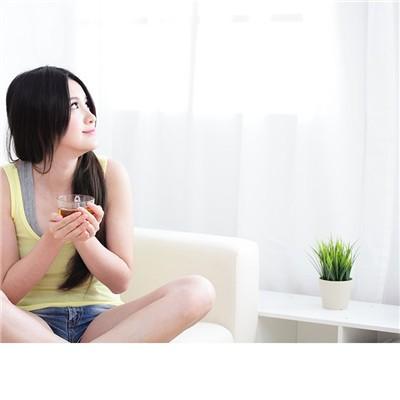What are the manifestations of ascending colon diverticulum
summary
The intestines in people's abdominal cavity are very long, but they are small because of tortuosity. Recently, some patients have gastrointestinal discomfort. Go to the examination and say it's ascending colon diverticulum. Let's talk about the common problem of ascending colon diverticulum!
What are the manifestations of ascending colon diverticulum
Symptom 1: diverticulum bleeding: 10% ~ 30% of patients can complicated with bleeding, especially the elderly. Diverticulosis in the elderly is often accompanied by arteriosclerosis, arteriovascular malformation, chemical or mechanical damage and other factors, resulting in diverticulum bleeding. Therefore, diverticulum is a common cause of lower gastrointestinal bleeding in the elderly, and the right colon diverticulum is the most common cause of bleeding. The patient may have lower abdominal discomfort, and then discharge purplish stool, 80% of the bleeding can stop. The recurrence rate of bleeding was 20% - 25%.
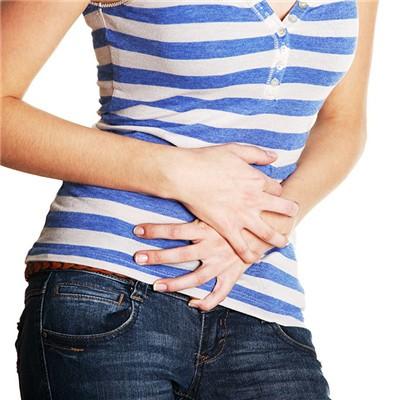
Symptom 2: chronic diverticulitis: it is characterized by intestinal wall edema, thickening, fibrosis and adhesion with surrounding tissues. Incomplete or complete intestinal obstruction or intractable constipation often occurs due to repeated infection. Due to the narrowing of the intestinal cavity, paroxysmal spasmodic abdominal pain often occurs, and the enlarged and thickened bowel is often touched in the lesion area. The appearance of this symptom is mostly caused by the poor quality of life, leading to the appearance of facial disease.

Symptom 3: acute diverticulitis: obvious symptoms, mainly abdominal pain, fever, abdominal distension, constipation, nausea and vomiting. Because the diverticulum is mostly in the sigmoid colon, the abdominal pain is located in the left lower abdomen or pubic bone, with persistent pain and paroxysmal spasmodic pain. Left lower abdomen obvious tenderness and rebound pain, rather like acute appendicitis, often called left appendicitis. Diverticulitis is often complicated with intestinal perforation peritonitis, or the formation of abdominal abscess or inflammatory mass, can also form internal or external fistula. Internal fistula can communicate with bladder and ureter and cause dysuria, pneumouria and urinary tract infection. When complicated with bleeding, it can be periodic small amount of bleeding or acute large amount of bleeding. The former comes from the inflammatory granulation tissue at the bottom of diverticulum, while the latter is mainly caused by inflammation eroding or penetrating the larger vessels in diverticulum wall. Bleeding is more common in the elderly, can appear as the first symptom, the incidence rate is 22%. In addition, portal thrombophlebitis, septicemia and secondary liver abscess were also found.
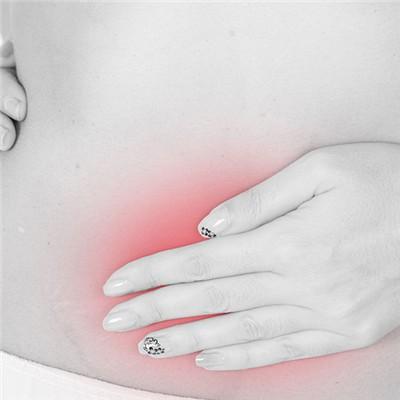
matters needing attention
For temporary intestinal obstruction, constipation, spasm, drugs, etc., it is necessary to relieve the obstruction in time, unblock the stool, relieve intestinal spasm, and avoid taking opioids and other drugs. To eat some fresh fruits and vegetables, to avoid constipation phenomenon, to maintain a good mood, conducive to the recovery of the body.
